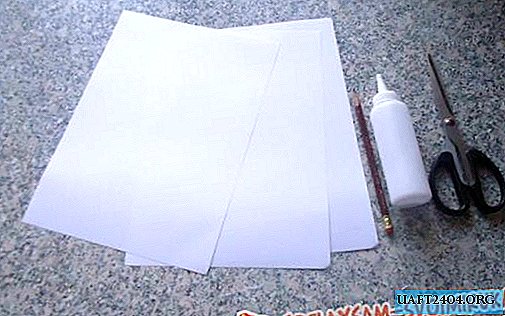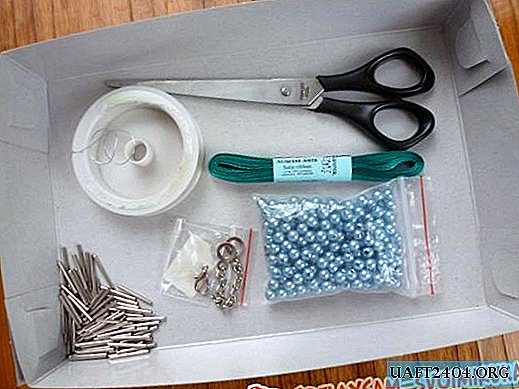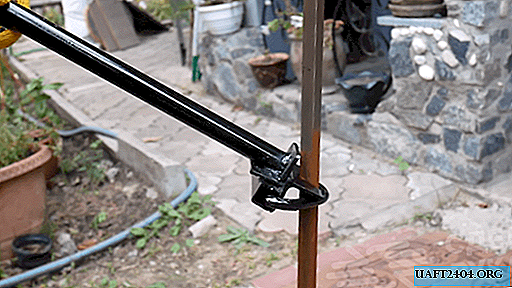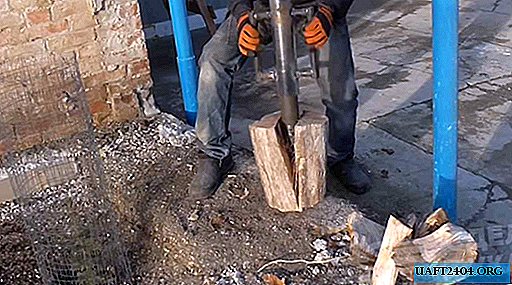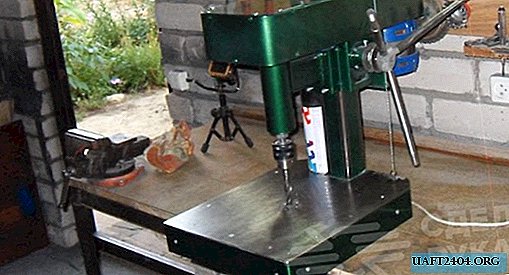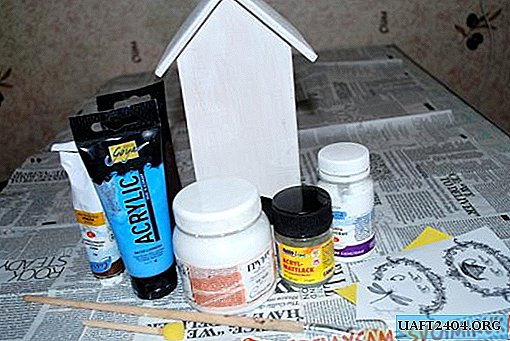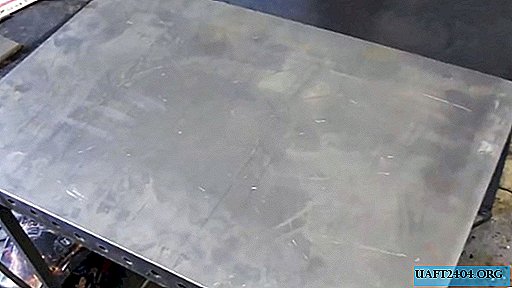Share
Pin
Tweet
Send
Share
Send
Moreover, it does not matter for which medium the pipeline is designed: for water, gas, sewage or for other purposes, as well as their diameter: it can be small, medium or very large.
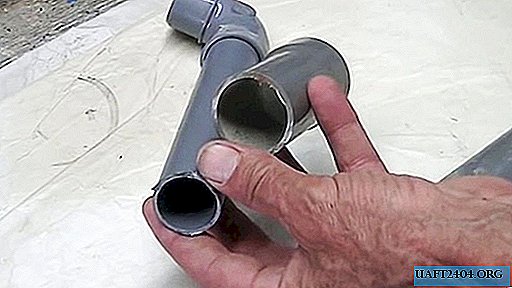
To work in this case, you only need plastic pipes, couplings, a tube of special glue and initial skills in handling products from this material.
Joining plastic pipes with couplings
The work is performed in the following sequence:
1. The ends of the pipes to be joined are cut perpendicular to the axis of the product, and a small chamfer is removed from them, so that at the final assembly the ends of the pipes do not scratch the applied adhesive from the inner wall of the coupling.

2. The pipes to be connected are inserted into the coupling from two sides until they touch the ends approximately in the middle of the connecting product and marks are placed on them, indicating the depth of the pipe entry into the coupling.
3. The surface of the pipes from the end to the mark is covered with a special adhesive, which also has sealing properties. He also needs to lubricate the inner surface of the coupling.
4. Then the pipes coated with glue are reinserted into the sleeve until they stop against each other and rotate 90 degrees in opposite directions to more evenly distribute the adhesive composition on the connected surfaces.

5. The assembly assembled on the adhesive must be left alone for the time specified in the instructions for use of the adhesive. Usually it is 10-15 minutes. It is better to use the pipeline 24 hours after the completion of the connecting work.
Plastic pipe connection without couplings
In this case, a bell must be made on one of the pipes to be connected using a building hair dryer (heat gun) to soften the plastic and a second pipe to form the expansion.
The process is performed in the following order:

1. The end part of one of the pipes to be connected is uniformly heated by a building hair dryer to a length of approximately about the diameter of the pipe. In this case, it is necessary to periodically monitor the degree of softening of the plastic so that it is, on the one hand, not rigid, on the other hand, it does not melt and does not drip.

2. When optimal ductility is reached, while continuing to maintain this state with the heat gun, the second pipe is inserted into the first and, by rotating at an angle and longitudinally moving mainly inside the heated pipe, a bell is formed. When the length of the socket reaches approximately the diameter of the pipe, the heat gun can be turned off.

3. While the heated pipe has not yet cooled, by rotating the second pipe in one direction and another and applying a longitudinal force mainly inward, it is necessary to continue forming the socket until the plastic cools completely.


4. Then, the bell-forming pipe is pulled out. Its inlet section and the inner surface of the socket are degreased, lubricated with sealing glue and reassembled.

Such an integral connection, if it is made qualitatively, especially in terms of observing the temperature regime of heating, is in no way inferior to the connection of pipes using special couplings.
Share
Pin
Tweet
Send
Share
Send

